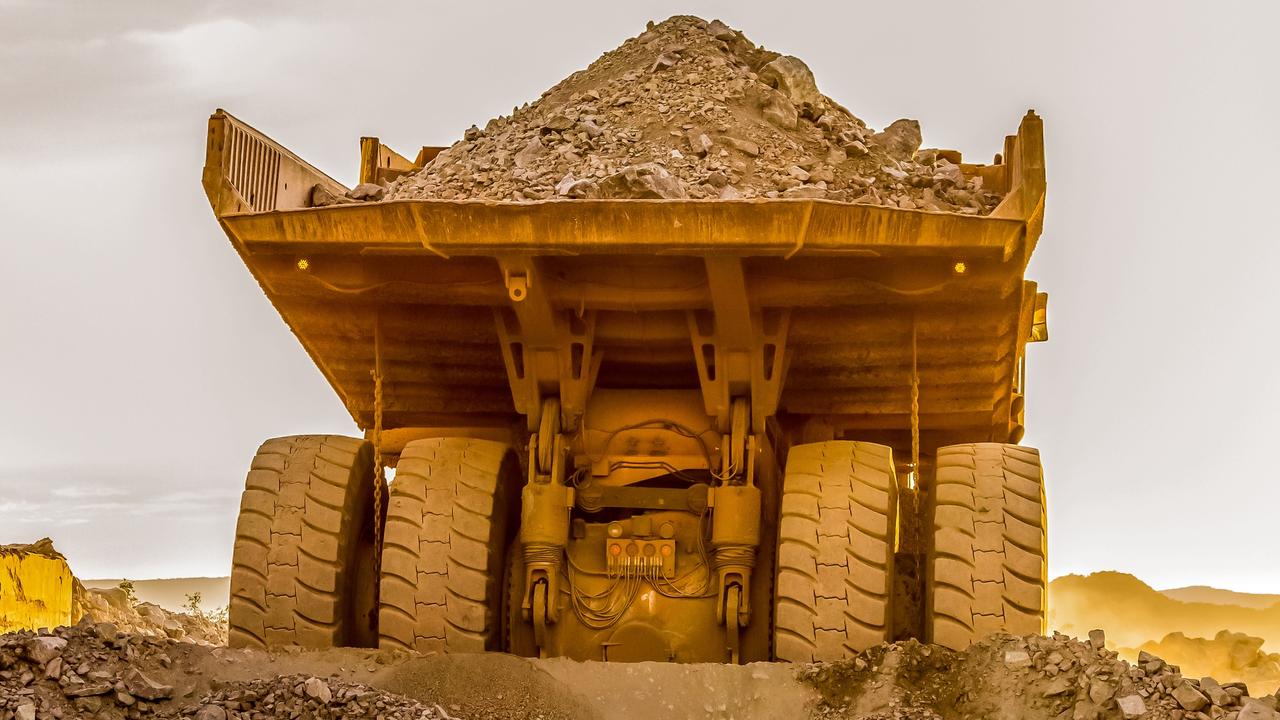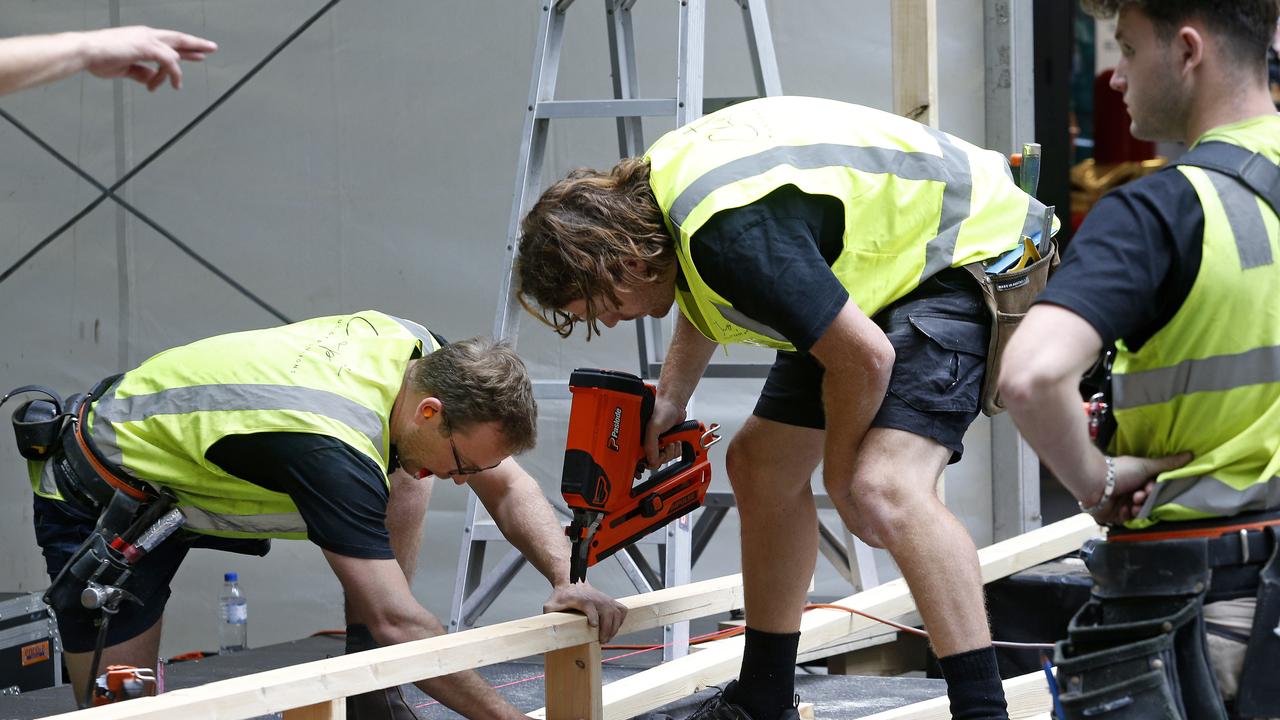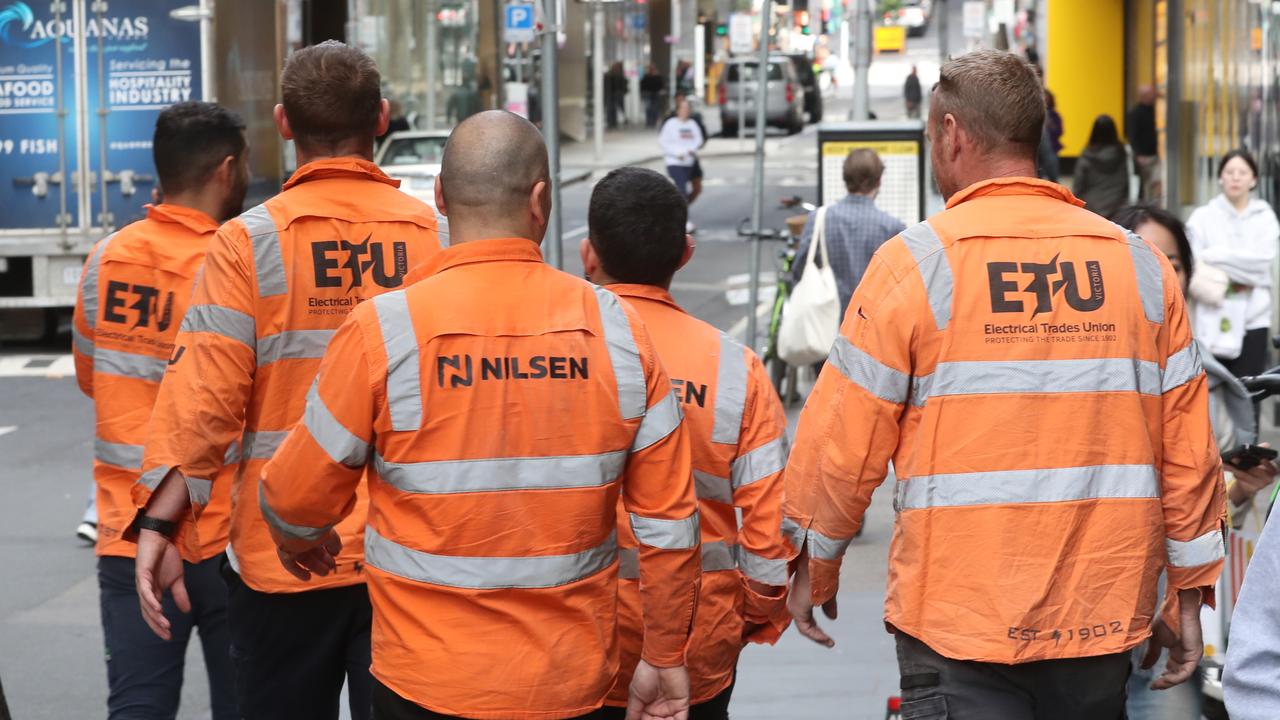Queensland slips from second to third on CommSec’s latest State of the States report
Turbulence across multiple sectors has seen a shift in the economic rankings of each Australian state. See which state topped the list

Business
Don't miss out on the headlines from Business. Followed categories will be added to My News.
A weak quarter in equipment investment has pushed Queensland from equal second to third place in the latest analysis of the economic performance of the Australian states and territories.
CommSec’s State of the States report found that for the third quarter in a row, Western Australia topped the leaderboard and Victoria narrowly leapfrogged both Queensland and South Australia to move into second place in the national rankings.
The report – which assesses the relative performance of each state and territory across eight key indicators including economic growth, unemployment, retail trade, construction, and population growth – found that resources-focused WA also topped the measure in terms of the annual growth rates.
Queensland, buoyed by still-strong interstate migration, came in second place on that measure.
But the report warned that escalating US-China trade war could yet dampen growth in these states due to their reliance on Chinese demand for commodity exports.
Here’s how each state fared:
Western Australia
WA continued to outperform its eastern rivals across most economic indicators, with job creation surging, retail trade well above long-term trends, and housing finance activity soaring.
The state also leads the nation in new home construction and population growth, as workers and families continue to flock west in search of opportunity.
In the year to March, Perth recorded the strongest home price growth of any capital city, with values rising 11.9 per cent amid strong demand and limited supply.
WA’s unemployment rate is now more than 30 per cent below its decade average, with employment the west expanding faster than in any other state.

Victoria
The Garden State posted the nation’s highest level of construction activity, 15.1 per cent above its long-run average, and ranked in the top three on retail spending and population growth.
However, its relative unemployment performance remained weak, with the jobless rate just 11.1 per cent below the decade average — the worst in the country.
Queensland
Queensland’s standing was impacted by its performance in the equipment investment indicator coming at seventh place on the list and only 6.3 per cent higher in the December quarter compared to the long-term average.
The performance was hurt by new equipment investment in Queensland being 4.9 per cent lower than a year ago.
Queensland was second in housing lending, with loan values up by 40.3 per cent in the December quarter compared to the long-term average.
Queensland came third on dwelling construction starts, down by 6 per cent, but on a year-on-year comparison the state was up 14 per cent.
However, in total real value of residential, commercial and engineering work completed
in trend terms in the December quarter 2024 Queensland was in fifth place up 9.5 per cent on the long term average and was only 3.8 per cent higher than a year ago.
Queensland ranked third among the states on retail spending coming in 10.1 per cent higher than the long term average.
Queensland came in fifth place – up 6.31 per cent in the 12 months to December 2024 – on real economic growth which is measured on nominal state final demand plus trade with rolling annual totals used to remove seasonality.

South Australia
SA dropped to fourth place, even as it performed solidly on unemployment and retail trade. Its jobless rate was 31 per cent below the decade average — the second-best in the nation — but lower rankings in economic growth and equipment spending held it back. Home prices in the state surged 11 per cent over the year, second only to WA.
New South Wales
The country’s largest economy lifted one spot to equal fifth alongside Tasmania. NSW ranked first for economic growth – its real state demand was 8 per cent above the decade average – and posted solid gains in construction and employment.
But consumer spending remained subdued, and the state’s retail trade performance was among the weakest in the country.
Tasmania
The state which has historically punched above its weight in CommSec’s rankings held steady in joint fifth. It led the nation on equipment investment, which was 25.7 per cent above the decade average, but remains weighed down by sluggish population growth and flat employment figures.
The Australian Capital Territory
The nation’s capital remained seventh overall, hindered by steep declines in housing starts and retail spending. Construction activity was 7.9 per cent below its decade average in the December quarter, and dwelling starts were down 56.4 per cent. Further downside risks are expected due to potential cuts to public service staffing following the federal election.
The Northern Territory
The NT remains at the bottom of the leaderboard. While it recorded solid annual gains in equipment investment and construction work, its broader performance is still distorted by decade-average comparisons inflated by the LNG construction boom from 2012 to 2018. Housing finance and dwelling starts remain well below long-term norms.

Chief CommSec economist Ryan Felsman said the nation’s overall economic performance was being supported by a strong job market, robust government spending and solid population growth at a time of higher cost-of-living pressures.
“Despite weak equipment investment, Queensland remains resilient, supported by relatively strong housing activity and strong population growth.,” he said.
“While cost-of-living pressures remain acute, the resilience of employment and signs of a turnaround in the housing sector are providing a floor for activity,” Mr Felsman said. “The outlook will now hinge on interest rate movements, global trade developments and the domestic political environment.”
Looking ahead, NSW and Victoria could benefit most from expected interest rate cuts later this year, with both states considered highly sensitive to mortgage servicing costs.
“Tentative signs of a rate-cutting cycle could lift sentiment in the mortgage belt and support consumer demand in Sydney and Melbourne,” Mr Felsman said.
More Coverage
Originally published as Queensland slips from second to third on CommSec’s latest State of the States report





